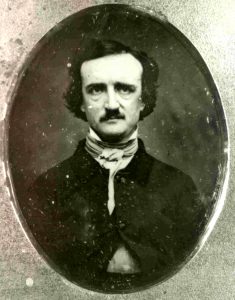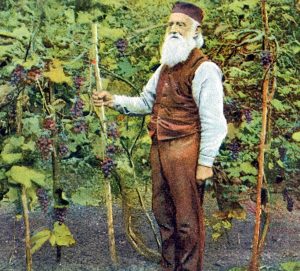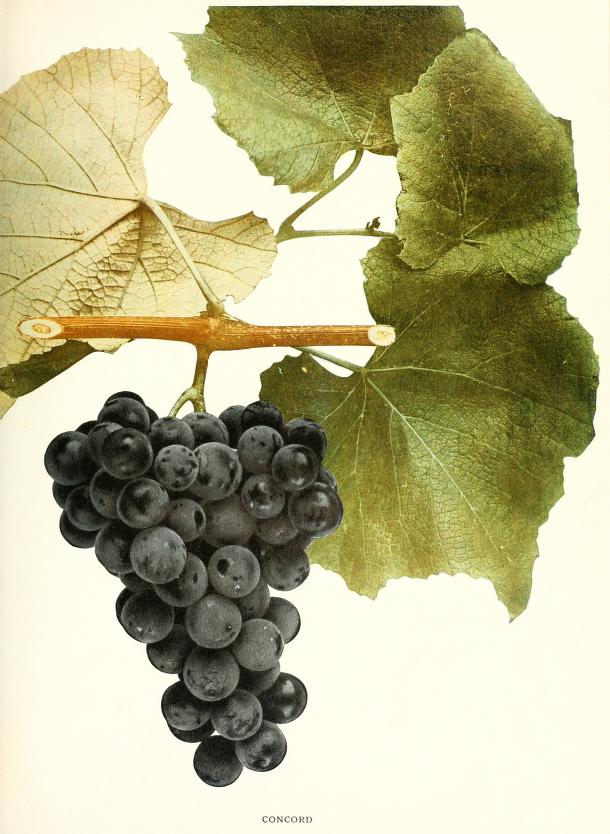Smithsonian Secretary David J. Skorton recently accepted a Nano Bible from the American Technion Society at the Smithsonian’s National Museum of American History on Oct. 30. The Nano Bible will be part of the Smithsonian Libraries collection, housed in the Dibner Library of the History of Science and Technology at the National Museum of American History.
Category: Special Collections
The Sailing Club of the Chesapeake, to commemorate the American Bicentennial, invited members of England’s Royal Yachting Association to journey to the Eastern Seaboard for the “No Hard Feelings Cruise.” Sixty-two British sailors took up the offer, and with more than 300 others, embarked on eighty-nine yachts to race and explore the waters of the Chesapeake Bay in 1976.

As a preeminent American literary figure, Edgar Allan Poe is widely known for his tales of horror and the macabre. Less well known about Poe is his place in literary history as inventor of detective fiction, his contributions to the emergence of science fiction, and as editor of a textbook on conchology (The conchologist’s first book). It is through his work as science fiction writer that Poe found his way into Fantastic Worlds: Science and Fiction 1780-1910, a Smithsonian Libraries’ exhibition, now on display at the National Museum of American History in the Smithsonian Libraries gallery space located in One West.
Want more creepy skeletons? Join us for a live Periscope tour on Thursday, October 29th at 1pm!
Halloween is quickly approaching and with it come the traditional decorations of bats, pumpkins, ghosts and of course, skeletons. Back in the 1500’s, one man changed the way the medical world saw the skeletal and muscular systems of the human body. That man, Andreas Vesalius, illustrated anatomical features in his De humani corporis fabrica (On the structure of the human body) in a way never before seen. Although the pages below may seem pretty gruesome they come from one of the most influential anatomy books of all time.
The conservation of special collections materials is rarely a straightforward endeavor. It’s important to treat each item as a unique object, and to let its particular history and condition drive the decision-making process. Often, the path forward is only revealed once treatment begins, as the conservator becomes more and more familiar with the book, sometimes through research and analysis, but often simply by observing and handling the book over a period of time.
This is a two-part series on the Hewitt sisters.
Deep in the Cooper Hewitt, Smithsonian Design Library’s collection of rare books, one might be surprised to come across children’s illustrated books by Walter Crane and Beatrix Potter. Even more fascinating might be the origin of these tomes, for in this collection are the very books read by the founding sisters of the Cooper Hewitt, Smithsonian Design Museum: Sarah (Sallie) and Eleanor (Nellie) Hewitt. These sisters—born of the Gilded Age, granddaughters of industrialist Peter Cooper—would create the first and only museum dedicated to decorative arts in the United States, originally named the Museum for the Arts of Decoration. They were the first women to establish a museum in America.

Now that the season for harvesting grapes in New England is here, let’s raise a glass to Ephraim Bull, the originator of the all-time popular grape in America, the Concord. Readily associated with juice and jelly and long out of favor in viticulture, Concord grape is having a bit of resurgence with the interest in DIY home brewing and fermenting. If faced with an abundance of the easily grown grape on one’s garden fence or arbor, recipes and techniques for bottling your own wine are found in many online guides. For full appreciation, a toast to Bull, his grape and their faded wine history is in order.


